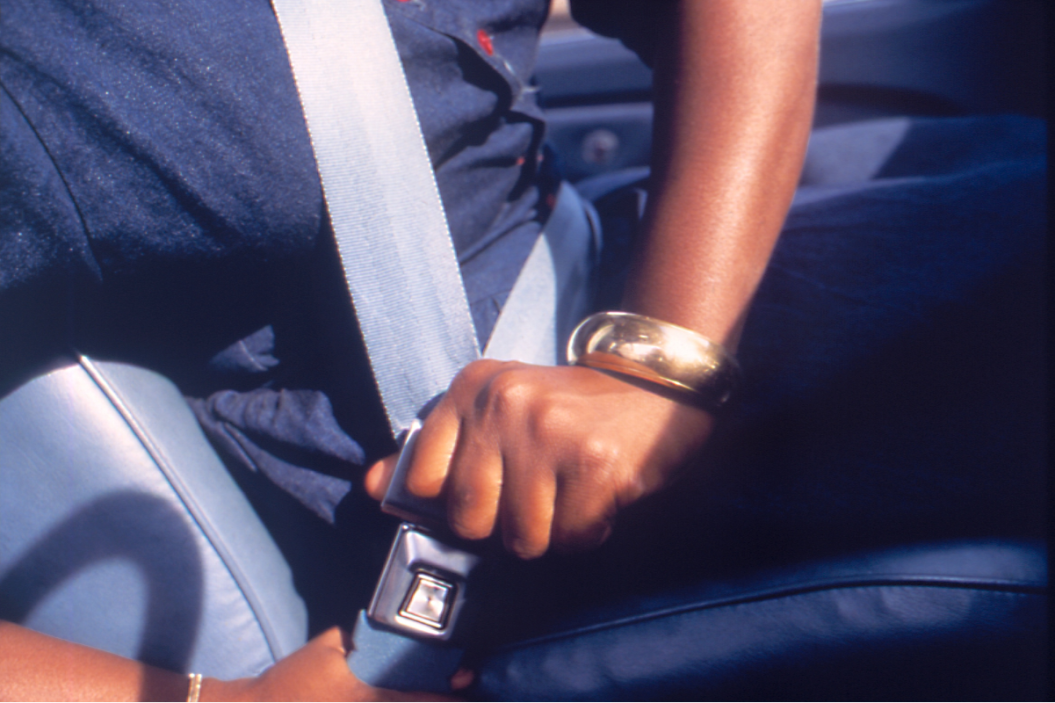From lap belts to sashes and three-point harnesses, there are many different types of seat belts available in the motorized world. If you remember automatic shoulder belts, you'll know that the quality of seat belts has changed significantly over the years.
But, how do you know if your seat belt is really going to work, without having to crash your car? It turns out that there are plenty of seat belt testing requirements and technology in place to make sure your restraint systems work exactly as they should.
Where Did Seat Belts Come From?
Seat belts as an security concept have actually been around since the 1800s, but the first automotive seat belt appeared on the 1949 Nash, as an optional feature. Amusingly, those who purchased the vehicles with seat belts installed requested the feature removed. Ford saw the same resistance to safety features in 1955.
Dr. C Hunter Shelden of Pasadena, CA made some major contributions to the automotive industry, in the form of retractor seat belts, roll bars, and even airbags to mitigate the driving injuries he saw in his neurological practice. At the same time, it didn't require an advanced degree in brain surgery to understand that an unrestrained driver or passenger had a significant risk of head injury or death in a vehicle crash. Seat belt use made sense, but drivers simply didn't care.
As a way to save people from themselves, the United States National Highway Traffic Safety Administration (NHTSA) issued Federal Motor Vehicle Safety Standards to ensure standard safety equipment and restraint systems would be properly installed in passenger cars by vehicle manufacturers. These standards have been updated over the years, but since January 1, 1968, seat belt systems have been required at all seating positions -- front seat and back seat.
How Does a Seat Belt Work?
There are several different types of seat belt system designs, so the actual mechanisms can vary. Lap belts, like those found on airplanes, involve a simple piece of webbing across the lap when seated.
A three-point vehicle seat belt, on the other hand, involves a polyester belt that extends from your shoulder to the buckle, then across your lap and back into the structure of the vehicle. The belt wraps around a spool, which allows for slack or tightening when the belt is pulled. A retractor mechanism helps pull the belt tighter on the spool when it's unbuckled, or when there's no tension on the belt itself.
How does it "know" how to do this? Physics, mostly. The suddenness of a vehicle occupant's movement triggers a mechanical reaction within the seat belt assemblies.
You may have noticed that vehicle occupants of passenger vehicles aren't completely pinned to the seat by their seat belt webbing for the duration of each trip. That's due to the load limiter, which releases just enough tension to allow passengers to experience a comfortable range of motion. When the pretensioner detects sudden, sharp movement, it registers as an impending vehicle crash, locking the belt exactly where it is to prevent the passenger from being thrown forward and reducing injury potential.
How Do I Know My Seat Belt Is Working?
Each automotive seat belt and restraint system undergoes a significant amount of testing.
The seat belt webbing is tested to make sure it won't fray or stretch over time. Drivers in the 1970s and 1980s might remember back-seat passengers picking at the stitching in boredom during long drivers, slowly unwinding the tongue from the belt. Today's seat belts have been designed to prevent this type of damage.
Tensile strength is also tested to ensure the belt can't be punctured or sliced, unless done so on purpose by emergency services.
Retractor tests add different levels of force to the mechanism to make sure it does its job holding the vehicle occupants steady. And, of course, durability of all the components is tested repeatedly. While most of these tests are accomplished with crash test dummies, it is important that a seat belt perform up to standards every single time it's used.
When it comes to child safety, another important thing to keep in mind is that seat belts behave differently with booster seats and child car seats. Many modern vehicles come with a LATCH system that helps adapt the seat belt designed for adult passengers for these types of pint-sized accommodations. Since many states have specific laws dictating at what age or size children can graduate from their car seats to regular seat passengers, it's a good idea for parents to not only review these laws, but the adaptive seat belt systems in a prospective vehicle.
While seat belts aren't always fun to wear, dealing with an uncooperative restraint system is always better than the alternative. Stats indicate that seat belts save thousands of lives each year. Of those who lost their lives in car crashes, nearly half of the victims were not wearing seat belts. Despite their early unpopularity, seat belts reduce the risk of injury and save lives.
Products featured on Alt_driver are independently selected by our editors. However, when you buy something through our links, we may earn a commission.
This post was originally published on March 29, 2021.
